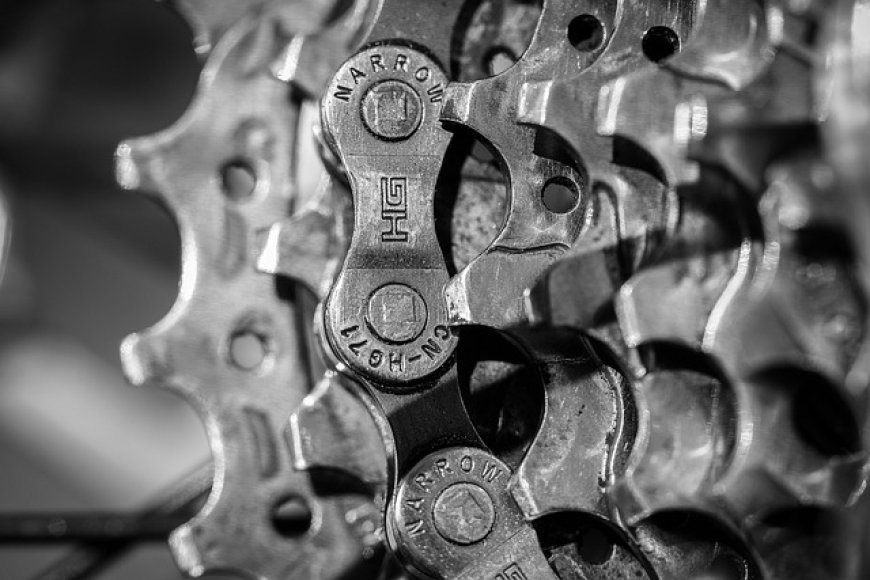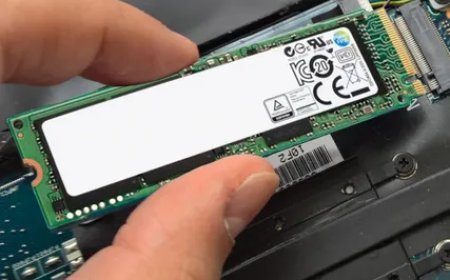Mechanical Seal Failure Causes, Prevention, and Solutions
Mechanical seals prevent fluid leakage in rotating equipment like pumps and compressors, ensuring reliable, efficient, and safe system operation.

In the world of rotating equipmentsuch as pumps, compressors, mixers, and agitatorsmechanical seals play a crucial role in maintaining system integrity and performance. These components, though often overlooked, are vital for preventing fluid leakage, reducing maintenance costs, and ensuring operational safety.
This article explores what mechanical seals are, how they work, their types, and where they are most commonly used.
What is a Mechanical Seal?
A mechanical seal is a device used to join systems or mechanisms together by preventing leakage, containing pressure, or excluding contamination where a rotating shaft passes through a stationary housing.
Unlike traditional packing seals (such as gland packing), mechanical seals provide a more reliable, durable, and low-maintenance sealing solution, especially in high-speed or high-pressure applications.
How Does a Mechanical Seal Work?
A typical mechanical seal consists of two flat, smooth surfacesone stationary and one rotatingpressed together under spring or hydraulic pressure. These faces are engineered to be extremely flat, allowing them to maintain contact even as the shaft rotates. A thin film of fluid or gas between the faces acts as a lubricant, minimizing wear and heat.
The primary sealing occurs between these two faces, while secondary seals (like O-rings or gaskets) prevent leakage along the shaft or housing.
Key Components:
-
Rotary face (attached to the shaft)
-
Stationary face (fixed to the pump housing)
-
Secondary seals (O-rings, gaskets, bellows)
-
Spring or drive mechanism (to maintain contact)
Types of Mechanical Seals
Mechanical seals are designed to meet various operational and environmental needs. Common types include:
1. Pusher Seals
Use springs or bellows to maintain contact and allow axial movement. Common in general-purpose applications.
2. Non-Pusher Seals
Use elastomeric bellows or metal bellows and do not allow axial movement. Ideal for high-temperature or corrosive environments.
3. Cartridge Seals
Pre-assembled units that simplify installation and reduce the risk of misalignment. Popular in industries seeking fast, reliable maintenance.
4. Balanced Seals
Reduce hydraulic load on the seal faces, improving performance in high-pressure applications.
5. Unbalanced Seals
Suitable for low-pressure systems and simpler installations, though they wear faster under high loads.
6. Double Seals
Feature two sets of seal facesoften with a barrier fluid between them. Used in hazardous or high-pressure environments to ensure zero leakage.
Applications of Mechanical Seals
Mechanical seals are used in a wide range of industries where rotating equipment must be sealed under pressure, including:
-
Marine and shipboard pumps
-
Oil and gas pipelines and refineries
-
Water and wastewater treatment
-
Chemical processing
-
Power generation
-
Food and beverage production
-
Pharmaceutical manufacturing
Advantages of Mechanical Seals
-
Leak prevention: Superior sealing performance compared to packing seals
-
Extended service life: Less wear and tear means longer intervals between maintenance
-
Energy efficiency: Reduced friction and leakage saves power
-
Cleaner operation: Minimizes leakage and contamination
-
Compliance: Supports environmental and safety standards
Maintenance and Troubleshooting
Like all mechanical components, seals require proper care and monitoring. Common issues include:
-
Face wear from dry running or contamination
-
Thermal distortion due to poor cooling or high-speed operation
-
O-ring degradation from chemical exposure or temperature extremes
-
Misalignment or improper installation
To ensure long service life:
-
Always use the correct seal type for the fluid and operating conditions.
-
Ensure proper lubrication and cooling of the seal faces.
-
Monitor temperature, pressure, and vibration near the seal area.
-
Follow manufacturer installation and maintenance procedures.
Final Thoughts
Mechanical seals are fundamental to the reliability and efficiency of rotating machinery across countless industries. By understanding how they work and selecting the right type for your application, you can reduce downtime, improve safety, and extend equipment life.
































